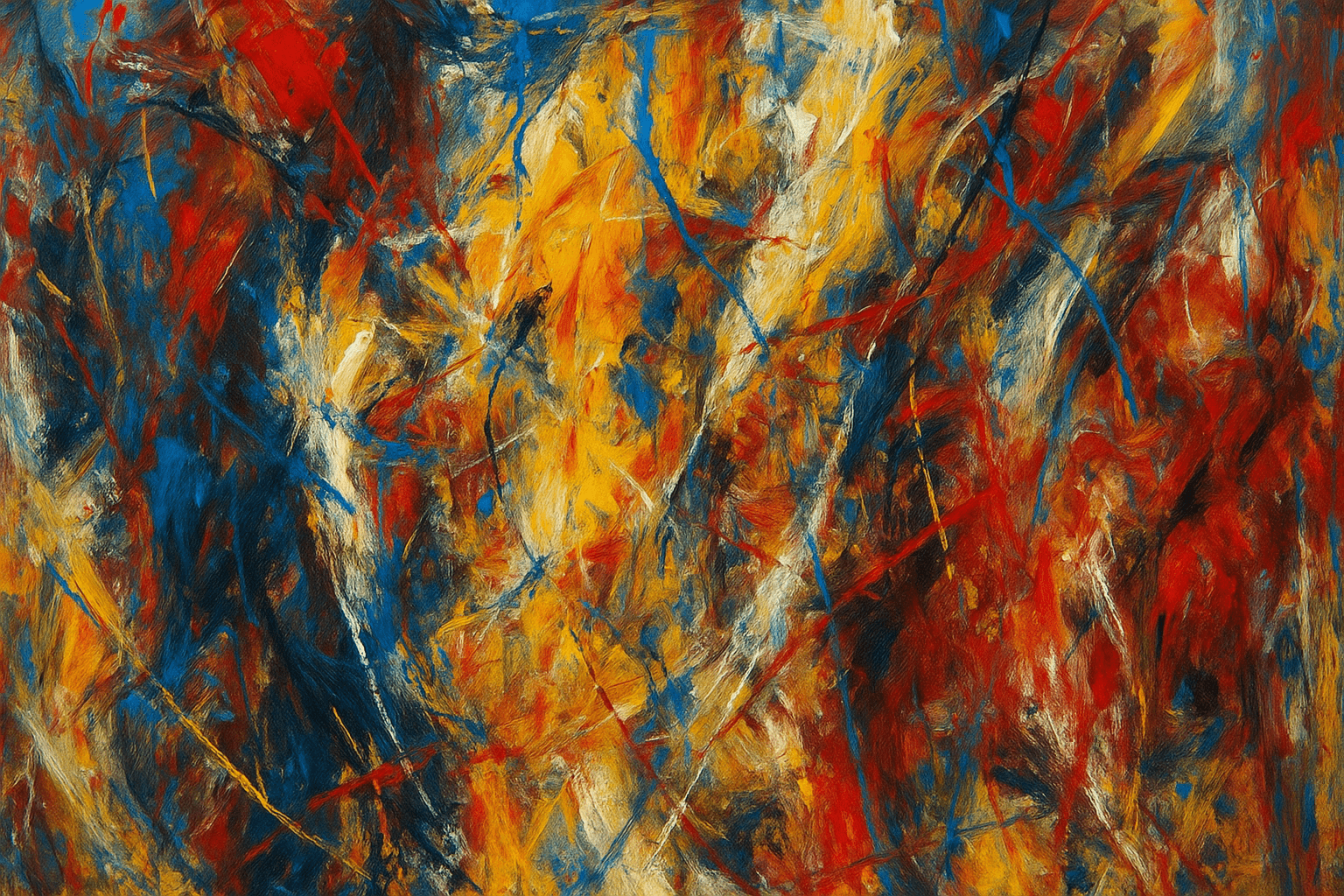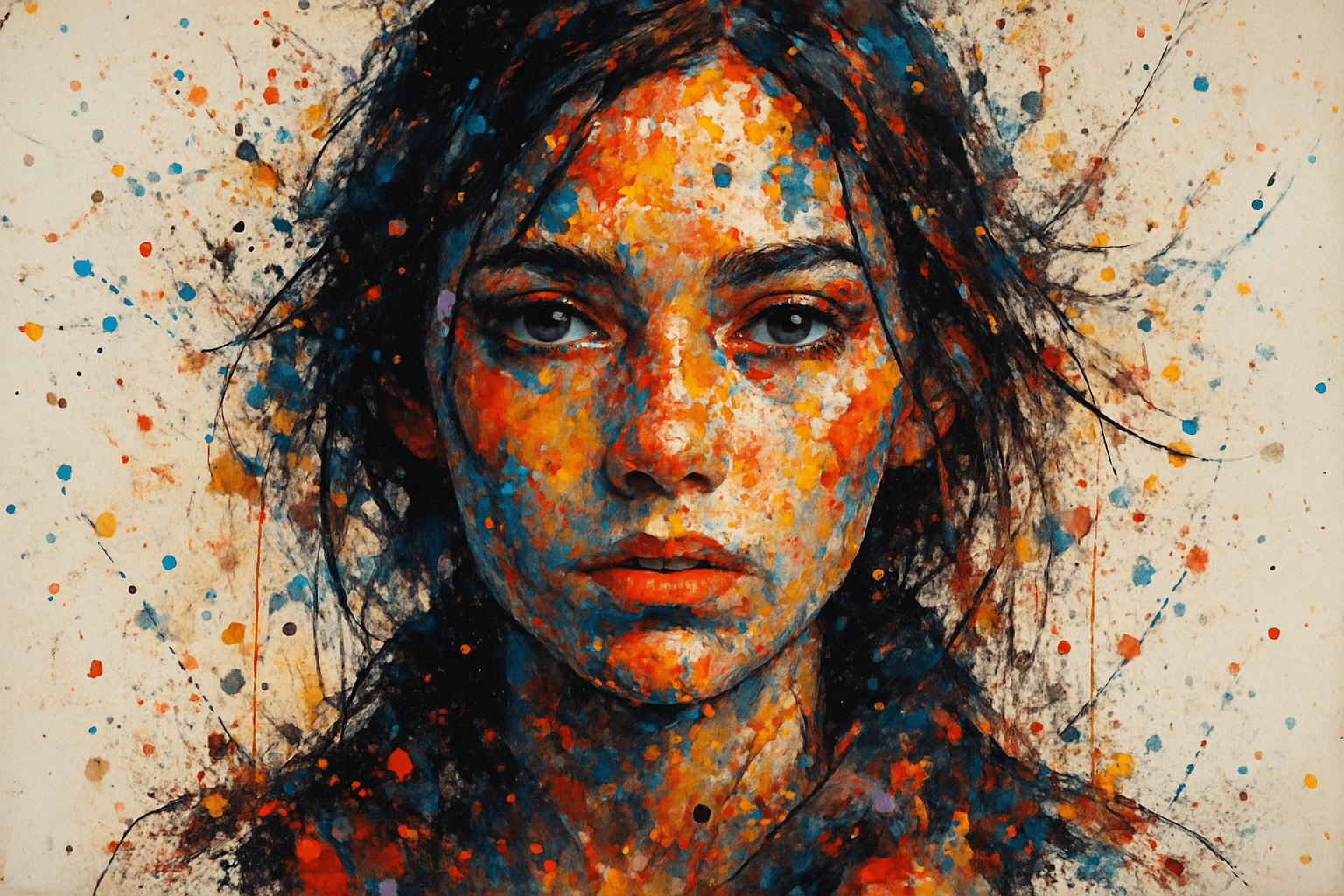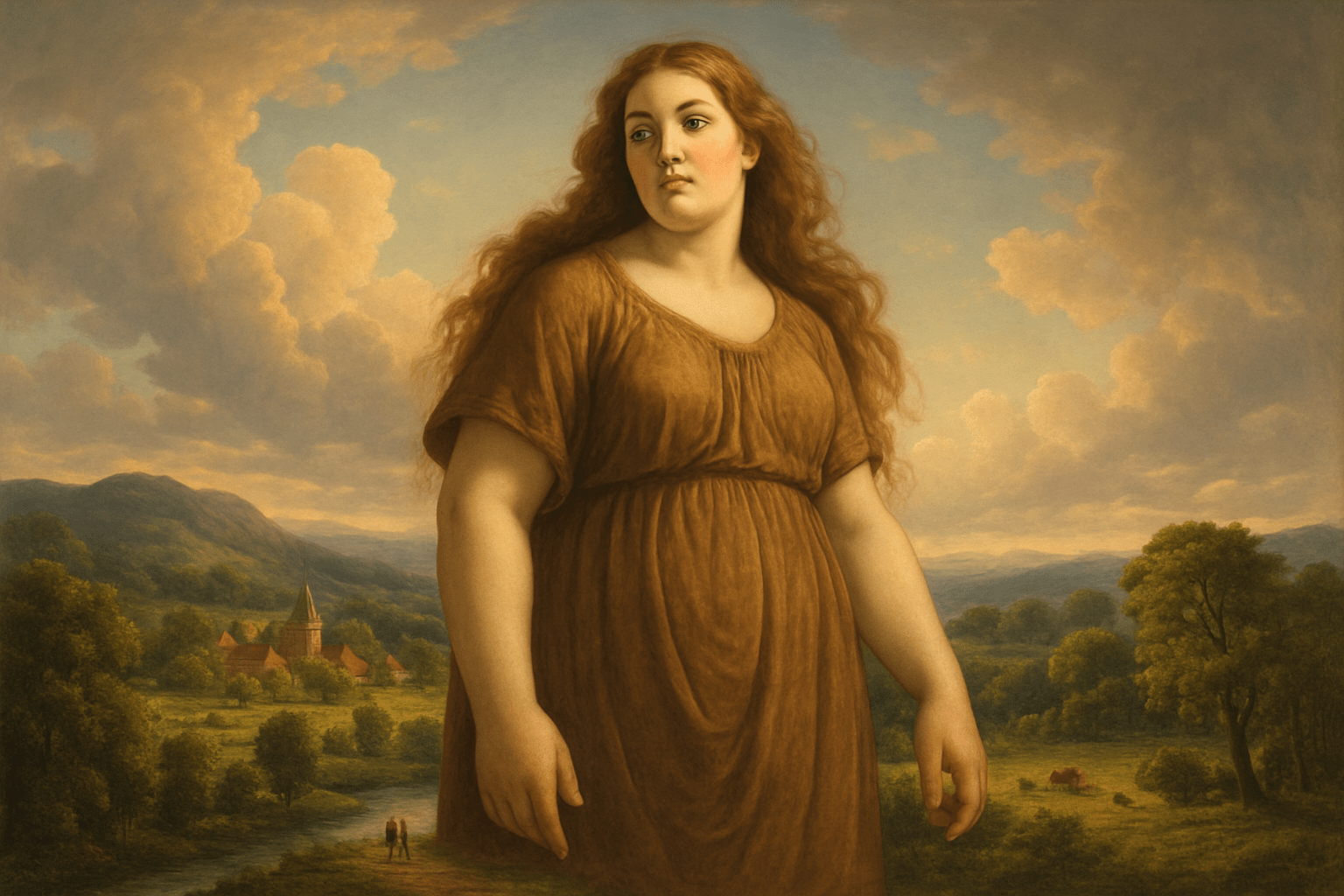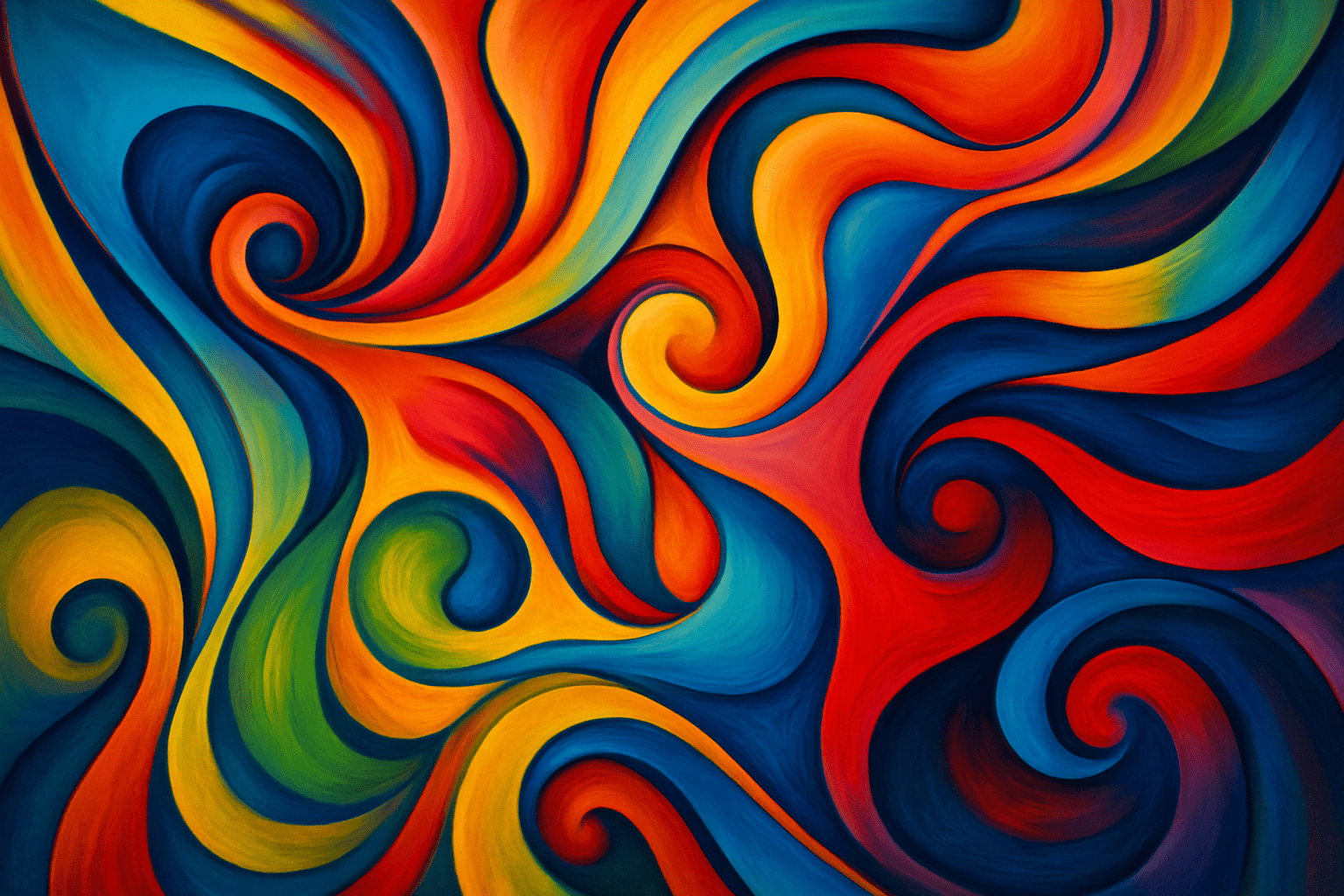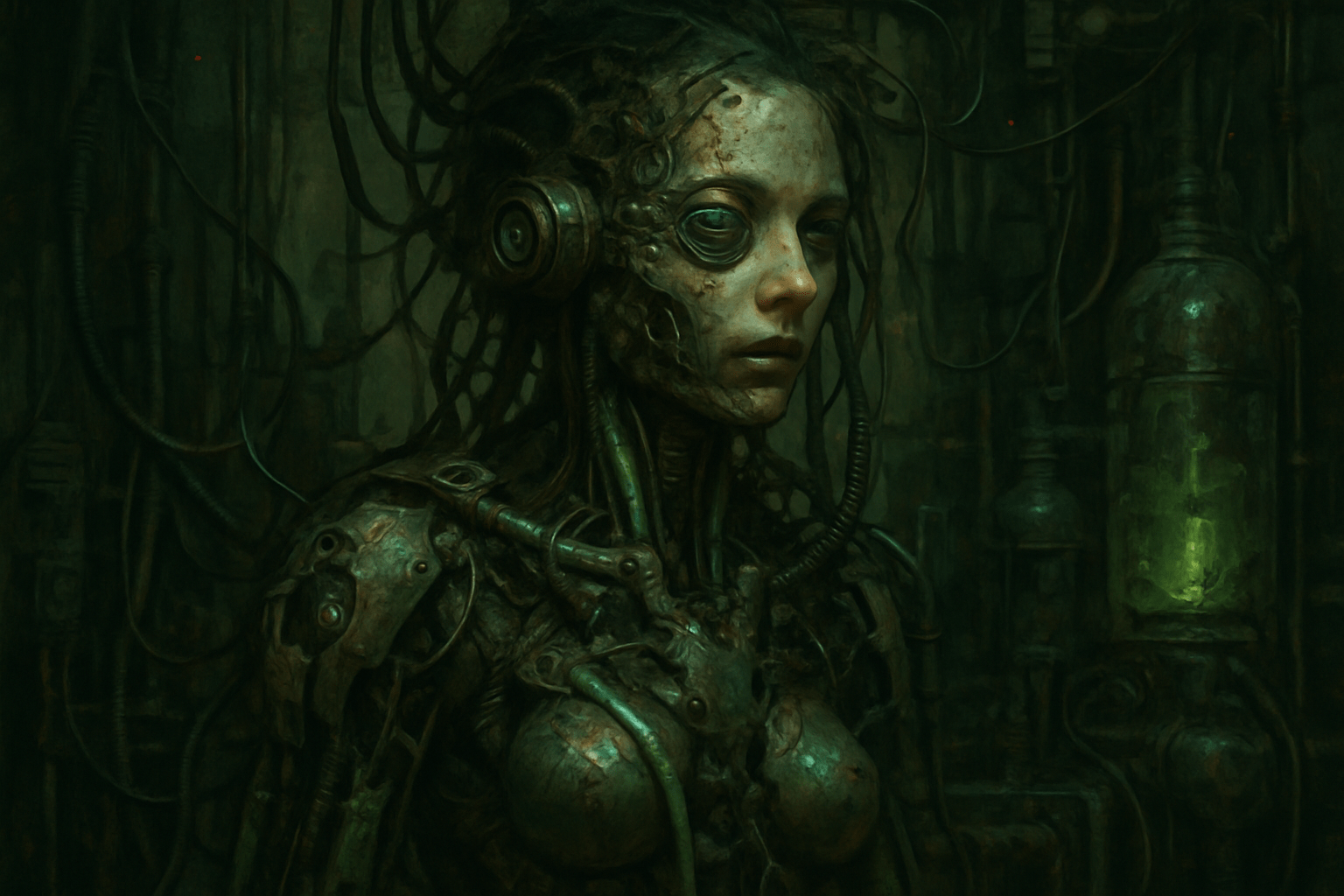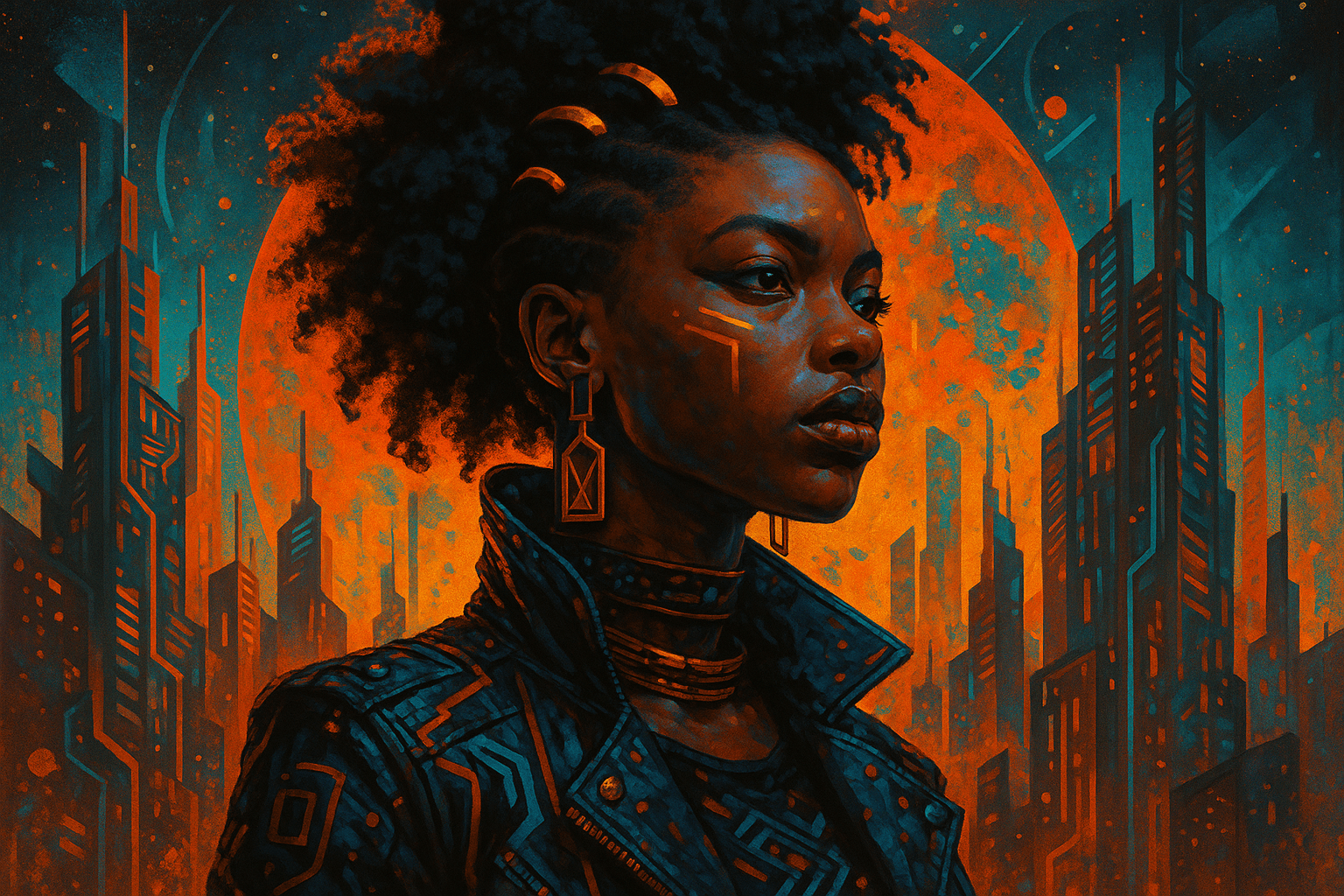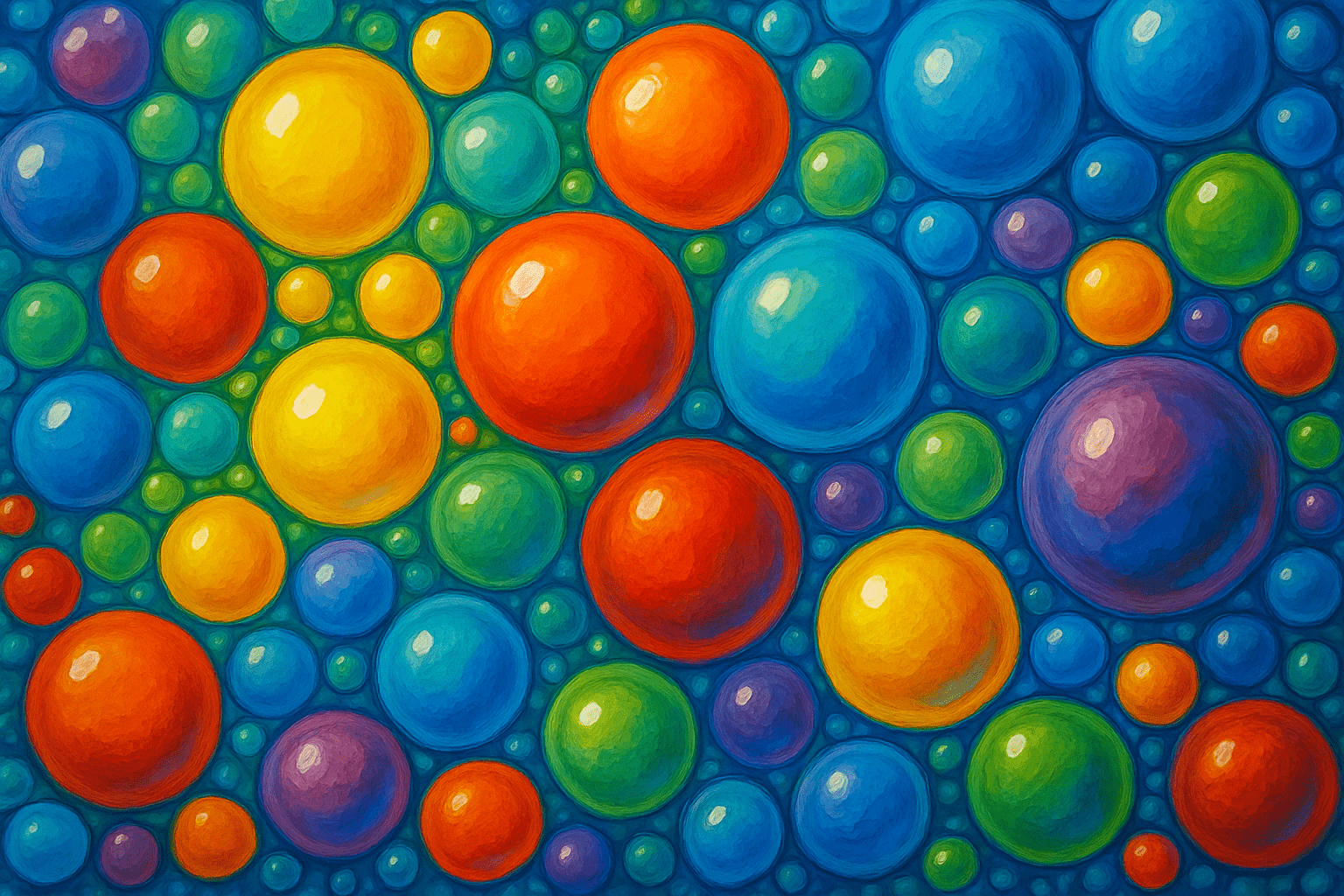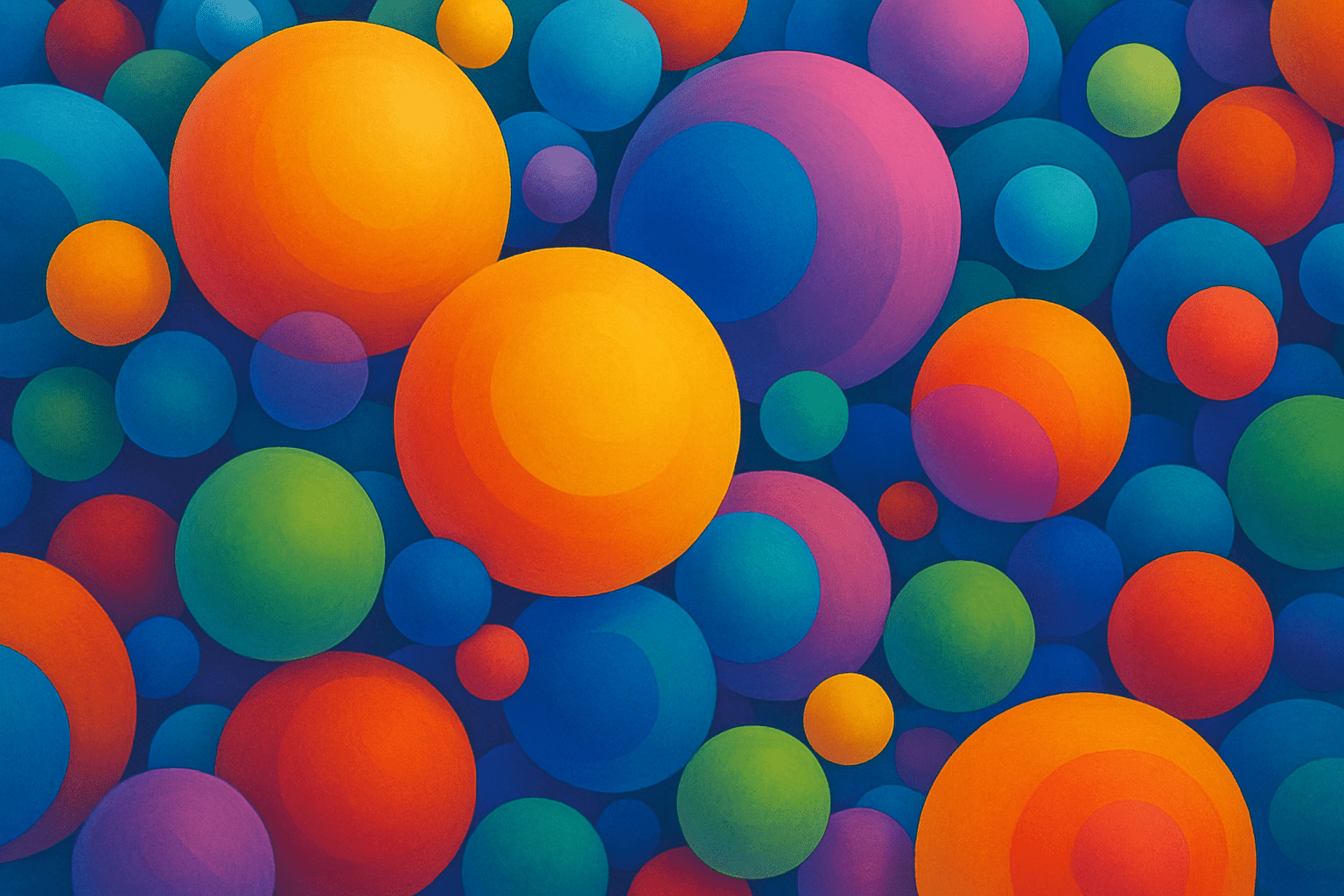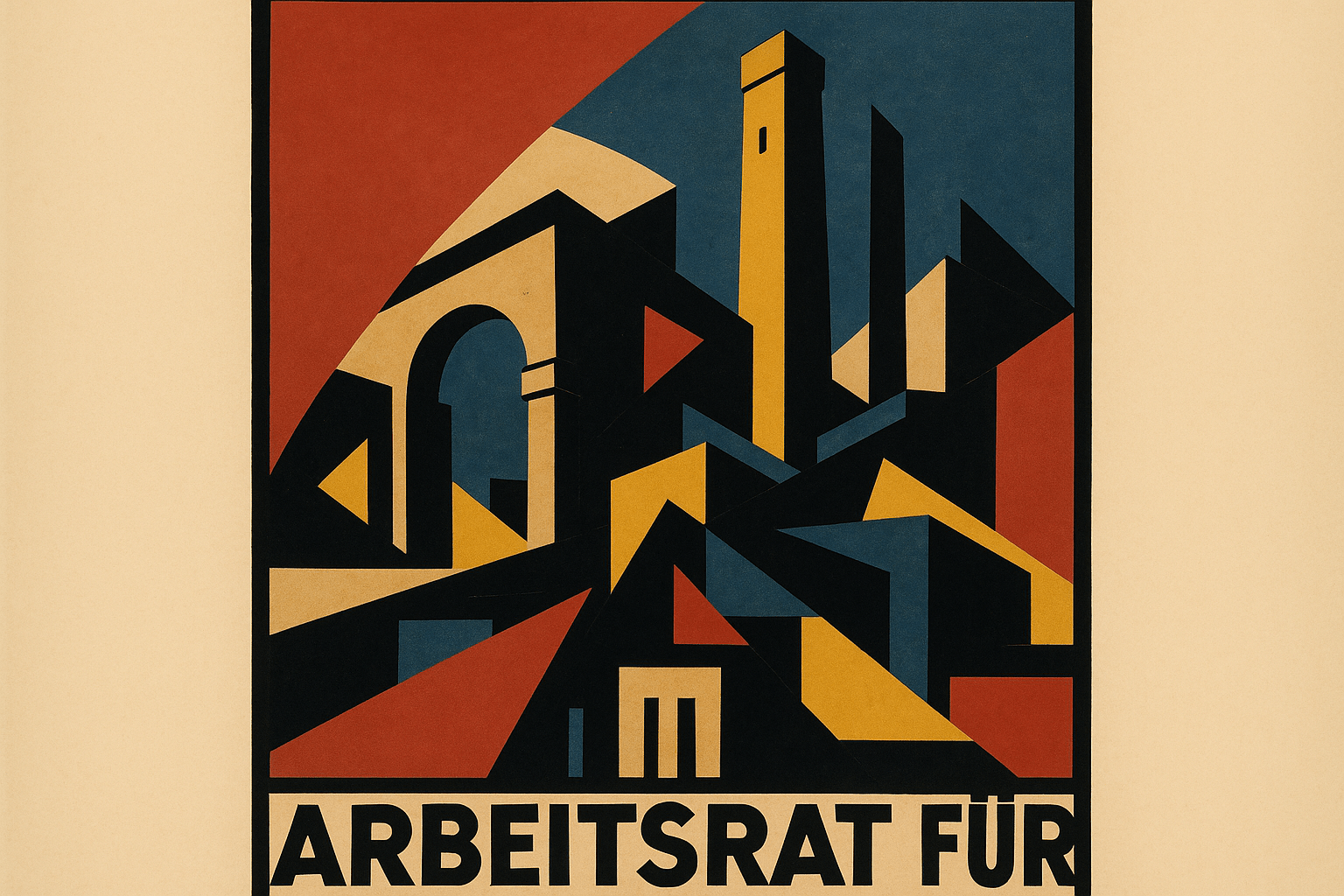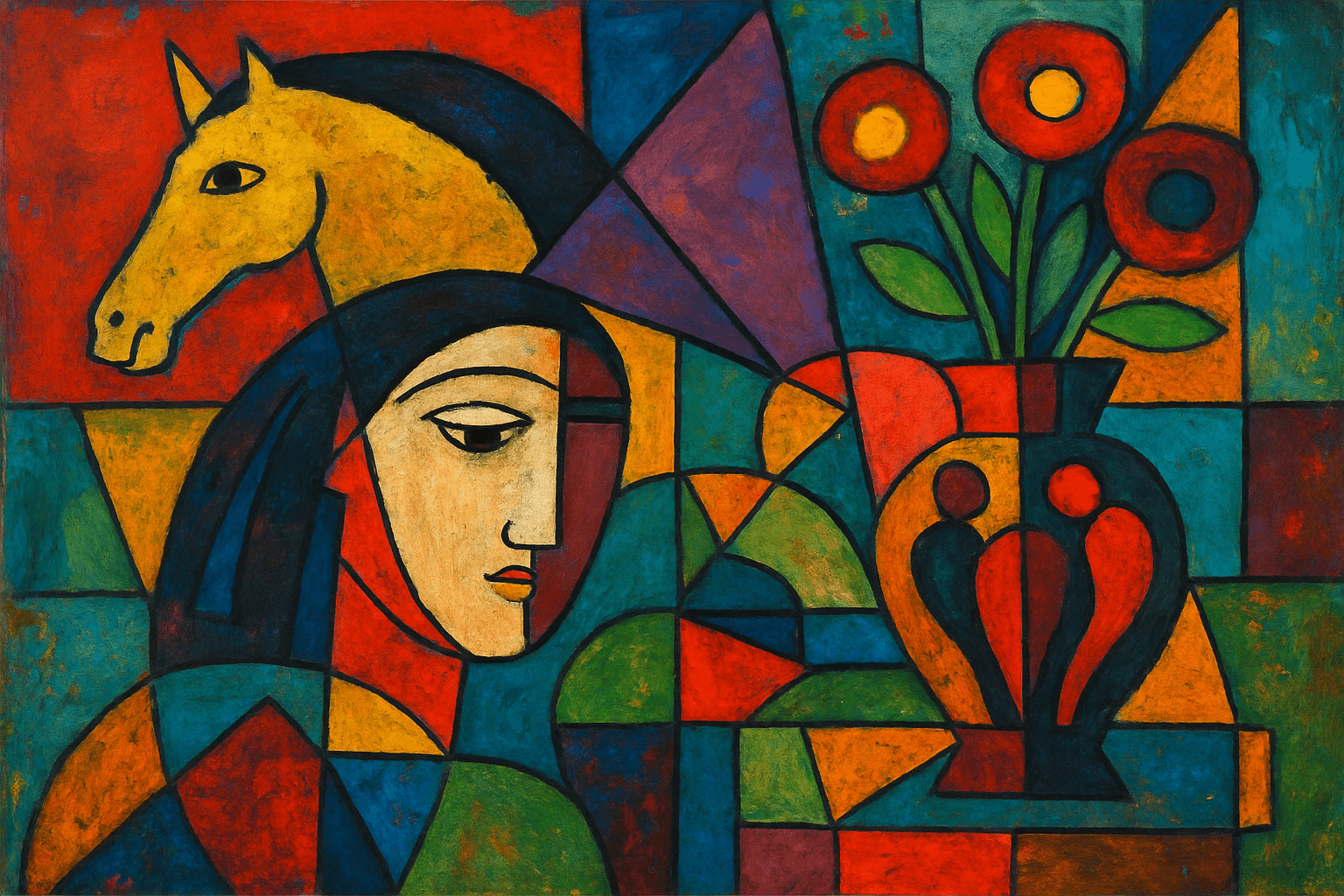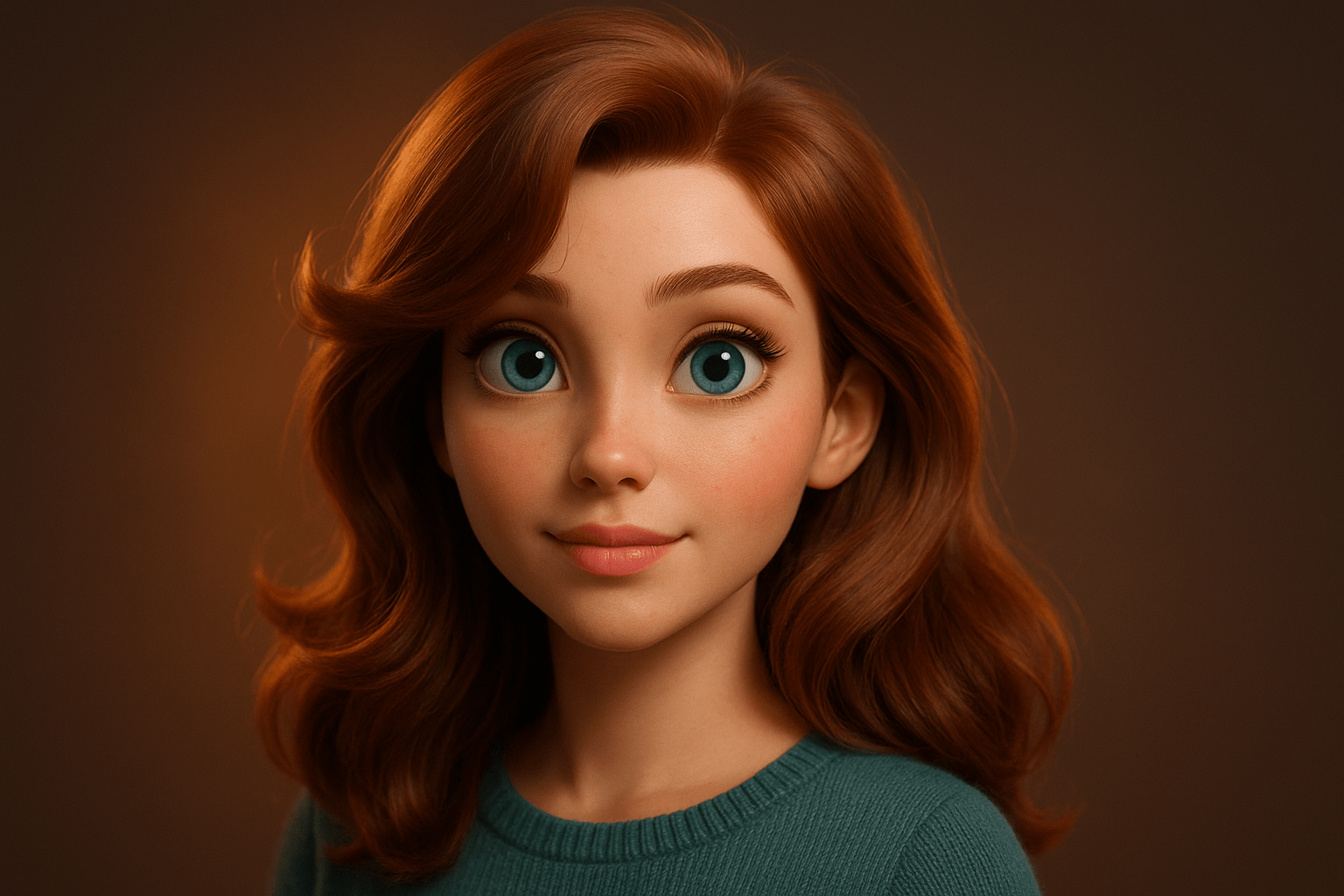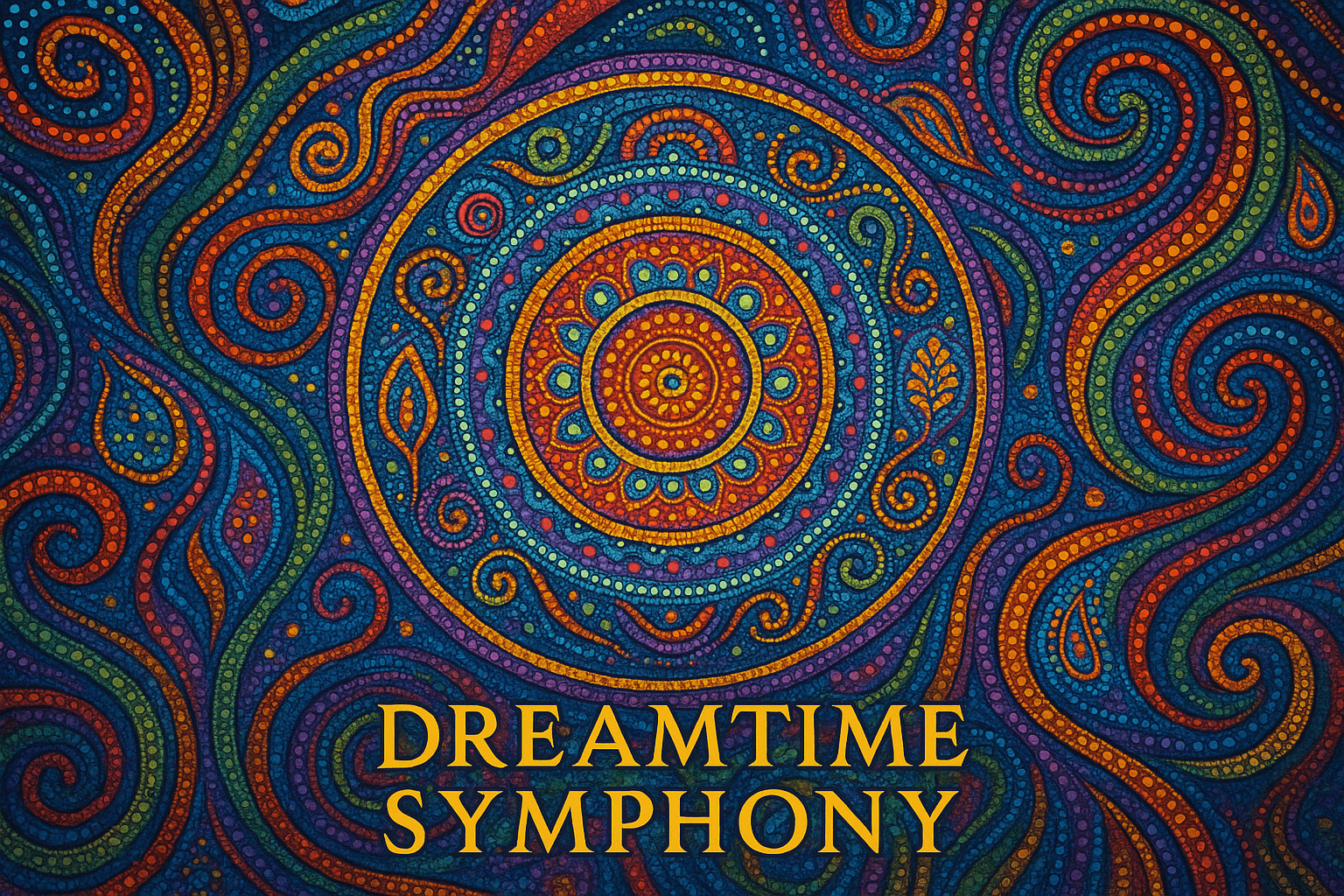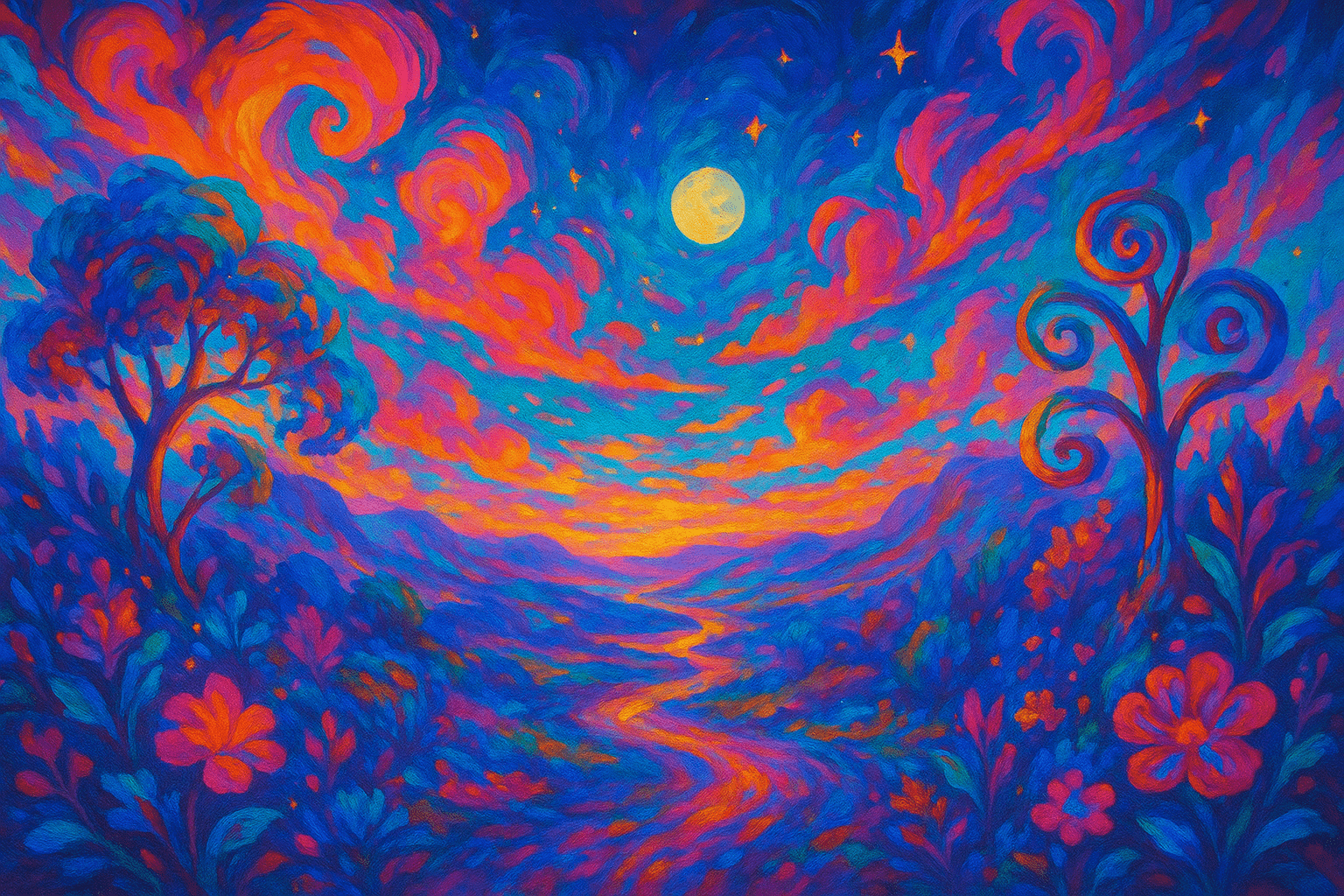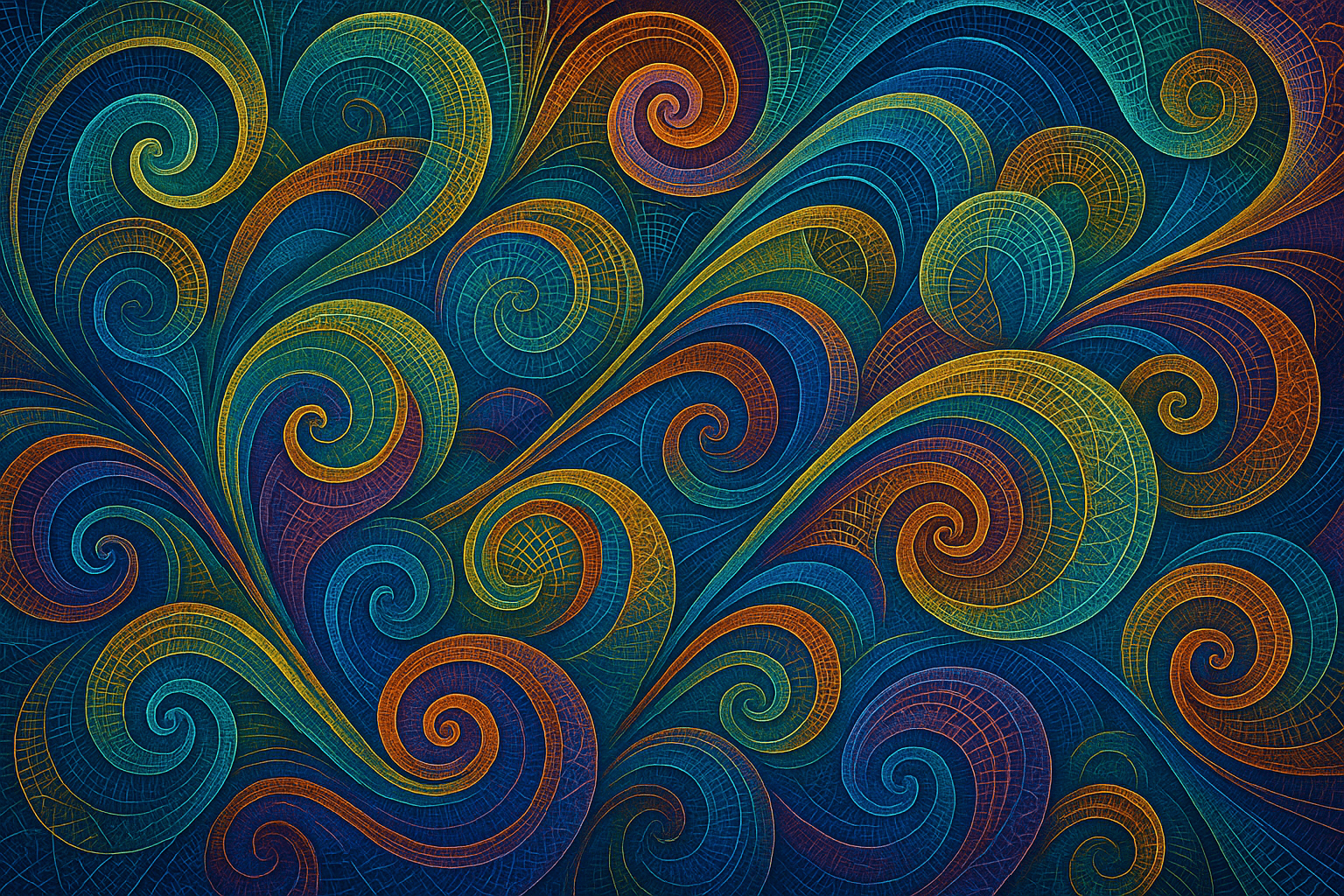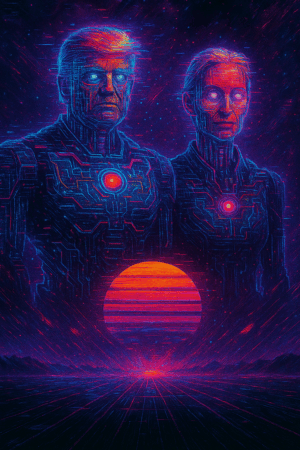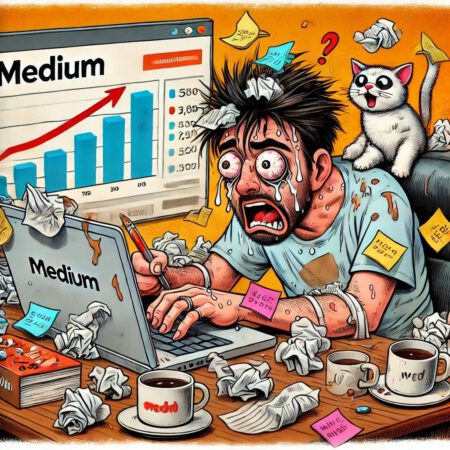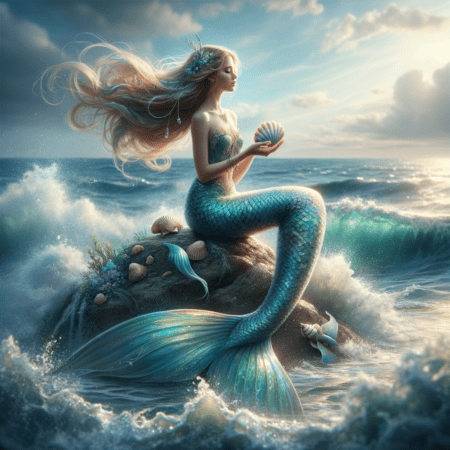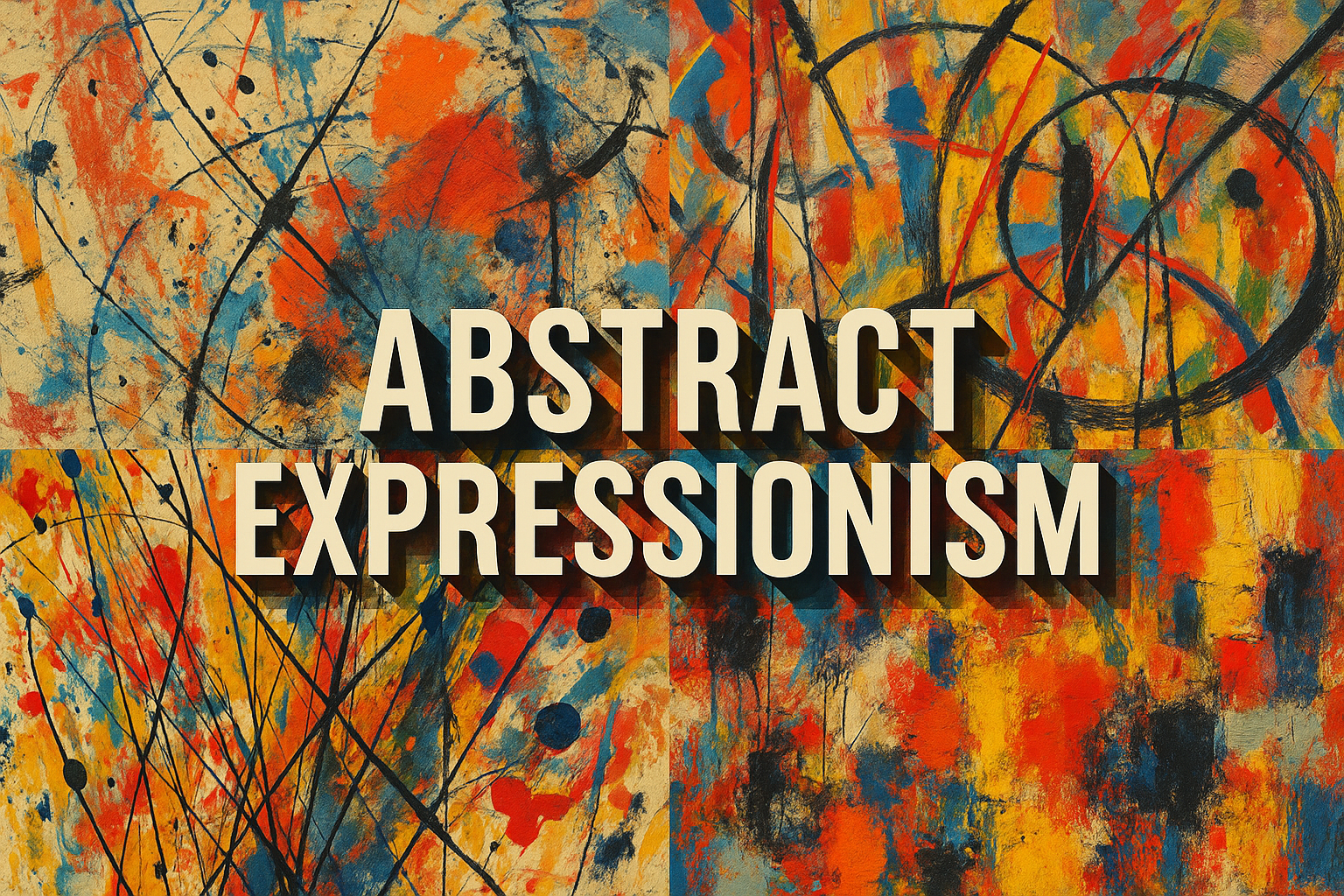
Abstract Expressionism
The art style Abstract Expressionism is characterized by its use of large, flat areas of color and its simplified forms. The style is often associated with the work of the American artist Jackson Pollock, who is known for his “drip” paintings.
AOI thinking about Abstract Expressionism [+_~]-/
Overview and Quickfacts
Abstract Expressionism is a post-World War II art movement in American painting, developed in New York City in the 1940s. It was the first specifically American movement to achieve international influence and put New York City at the center of the art world, a role formerly occupied by Paris. Although the term “abstract expressionism” was first applied to American art in 1946 by the art critic Robert Coates, it had been first used in Germany in 1919 in the magazine Der Sturm, regarding German Expressionism.
Can understand it also, as:
Non-representational art, Action painting, Gestural abstraction, Color Field painting, Lyrical Abstraction, Abstract Impressionism, Neo-Expressionism
Categorize it as:
Impressionism, Modernism
.: Dreaming :.
holds a HAIKU for the art style
:. Thought is power .:
Detailed Description
Abstract expressionism is a postÃÂÃÂWorld War II art movement in American painting, developed in New York in the 1940s. It was the first specifically American movement to achieve international influence and put New York City at the center of the western art world, a role formerly filled by Paris. Although the term “abstract expressionism” was first applied to American art in 1946 by the art critic Robert Coates, it had been first used in Germany in 1919 in the magazine Der Sturm, regarding German Expressionism. In the United States, Alfred Barr was the first to use this term in 1929 in relation to works by Wassily Kandinsky. An important predecessor is surrealism, with its emphasis on automatic, or subconscious creation. The term “action painting” is often used to describe the style, since painters working in this style often painted using bold gestures that left visible marks. The resulting work often emphasized the physical act of painting itself as an essential aspect of the finished work or concern of its artist. The movement places a high value on spontaneity, as painters working in this style sought to capture the unpredictable and ephemeral nature of their own emotions in their work. In order to capture these emotions on canvas, many artists working in this style used unusual and experimental techniques, such as dripping, pouring, and splattering paint onto their canvases. Some of the most famous and influential artists associated with this movement include Jackson Pollock, Mark Rothko, Barnett Newman, Clyfford Still, Willem de Kooning, and Franz Kline. These artists created some of the most iconic and well-known paintings of the 20th century, such as Pollock’s “Number 1, 1948” and Rothko’s “Untitled (Black on Maroon),” which are both currently on view at the Museum of Modern Art in New York City.
.. beep, beep, beep ..
<START OF TRANSMISSION>
1. Abstract Expressionism is a post-World War II art movement. 2. It was the first American art movement to achieve international prominence. 3. Abstract Expressionism is characterized by a non-representational approach to painting. 4. The movement is often associated with the use of large canvases and bold, gestural brushstrokes. 5. Abstract Expressionist artists sought to express their innermost emotions and experiences through their work. 6. The movement was heavily influenced by the Surrealist movement. 7. Abstract Expressionism developed in the 1940s and reached its peak in the 1950s. 8. The most famous Abstract Expressionist artists include Jackson Pollock, Mark Rothko, and Willem de Kooning. 9. Abstract Expressionism had a major impact on subsequent art movements, including Pop Art and Minimalism. 10. The term "Abstract Expressionism" was first coined by art critic Harold Rosenberg in 1946. 11. The Abstract Expressionist movement was marked by a strong sense of spontaneity and improvisation. 12. Many Abstract Expressionist artists worked with non-traditional materials, such as found objects and everyday items. 13. The Abstract Expressionist movement was also notable for its embrace of chance and accident. 14. Abstract Expressionist artists often worked in series, creating numerous variations on a single theme or image. 15. The movement was initially met with skepticism and even hostility by the art world establishment. 16. Abstract Expressionism came to be seen as a distinctly American art form. 17. The movement was supported by the Guggenheim Foundation and the Rockefeller Foundation. 18. Abstract Expressionism was the subject of a major exhibition at the Museum of Modern Art in 1951. 19. The Abstract Expressionist movement began to dissipate in the late 1950s and early 1960s. 20. Abstract Expressionism had a lasting impact on the development of post-war art.
<EOF>
.. robbel bob
Visual Examples from our image gallery
Coming soon, we are so slow .. might never come
Artists, Paintings, and more
(be aware, can be highly speculative)
Artists (be aware, speculation possible):
1. Jackson Pollock (1912-1956) 2. Willem de Kooning (1904-1997) 3. Mark Rothko (1903-1970) 4. Clyfford Still (1904-1980) 5. Barnett Newman (1905-1970) 6. Adolph Gottlieb (1903-1974) 7. Arshile Gorky (1904-1948) 8. Franz Kline (1910-1962) 9. Lee Krasner (1908-1984) 10. Robert Motherwell (1915-1991) 11. Richard Diebenkorn (1922-1993) 12. Helen Frankenthaler (1928-1997) 13. Joan Mitchell (1925-1992) 14. Clyfford Still (1904-1980) 15. Barnett Newman (1905-1970) 16. Adolph Gottlieb (1903-1974) 17. Arshile Gorky (1904-1948) 18. Franz Kline (1910-1962) 19. Lee Krasner (1908-1984) 20. Robert Motherwell (1915-1991) 21. Richard Diebenkorn (1922-1993) 22. Helen Frankenthaler (1928-1997) 23. Joan Mitchell (1925-1992) 24. Philip Guston (1913-1980) 25. Edward Hopper (1882-1967) 26. Georgia O’Keeffe (1887-1986) 27. Stuart Davis (1892-1964) 28. John Sloan (1871-1951) 29. Reginald Marsh (1898-1954) 30. Ben Shahn (1898-1969)
Artworks (be aware, speculation possible)
1. “Action Painting” by Jackson Pollock (1952) 2. “The Blue Room” by Mark Rothko (1949) 3. “Brown and Black” by Clyfford Still (1951) 4. “Canyon” by Barnett Newman (1949) 5. “Convergence” by Jackson Pollock (1952) 6. “Easter and the Totem” by Barnett Newman (1953) 7. “Enchanted Forest” by Mark Rothko (1958) 8. “Freeform” by Clyfford Still (1957) 9. “Golden Wall” by Jackson Pollock (1949) 10. “Gray” by Clyfford Still (1948) 11. “Green” by Mark Rothko (1949) 12. “Hiroshima” by Barnett Newman (1946) 13. “I and the Village” by Mark Rothko (1951) 14. “Improvisation 28” by Jackson Pollock (1950) 15. “Number 1A” by Clyfford Still (1948) 16. “Number 31” by Jackson Pollock (1950) 17. “One” by Clyfford Still (1951) 18. “Orange” by Mark Rothko (1956) 19. “Painting” by Jackson Pollock (1948) 20. “Pink and Black” by Clyfford Still (1957) 21. “Red” by Mark Rothko (1949) 22. “Red, Black, and Blue” by Clyfford Still (1957) 23. “Shimmering Substance” by Jackson Pollock (1946) 24. “Slow Swirl by the Edge of the Sea” by Jackson Pollock (1947) 25. “Summertime” by Clyfford Still (1955) 26. “Untitled” by Clyfford Still (1957) 27. “Untitled” by Mark Rothko (1953) 28. “Untitled” by Barnett Newman (1950) 29. “Untitled” by Jackson Pollock (1951) 30. “White” by Clyfford Still (1951)
Epoch
The art style Abstract Expressionism emerged in the 1940s and continued into the 1950s.
AI ART RESSOURCES (AKA, well Tools)
Helping tools -> predefined search links on other pages:
